 W
WAfrican Harps, particularly arched or "bow" harps, are found in several Sub-Saharan African music traditions, particularly in the north-east. Used from early times in Africa, they resemble the form of harps in ancient Egypt with a vaulted body of wood, parchment faced, and a neck, perpendicular to the resonant face, on which the strings are wound.
 W
WAmbasse bey or ambas-i-bay is a style of folk music and dance from Cameroon. The music is based on commonly available instruments, especially guitar, with percussion provided by sticks and bottles. The music is faster-paced than assiko.
 W
WThe bara is a spherical hand drum with a body made from a dried gourd or calabash, used in West Africa. Its single head is made of goatskin. To make the drum, a dried gourd is cut on one end and a single head made of goatskin is stretched across the opening. Bara drums come in various sizes, some quite large. The instrument is often used to accompany the balafon.
 W
WDihosana is a traditional dance by Kalanga people or Ikalanga people which existed for a long period of time. Dihosana involves the invitation of ancestors through trance to pray for rain. It is a rain making dance. Dihosana is a dance heritage which has been inherited from the fore fathers by those practising it. People living in the north, approximately about 20 to 30 km north of Francistown, Botswana are believed to be the veteran elders of the Dihosana dance, in a village called Makobo. Hosana is a Kalanga term an old and wise person. The dancers usually dance in groups and wear black skirts, and long strings of beads in their necks. The beads are grouped in many different colour categories from red, black and white, a myriad in the body and waist. Hosana is part of the Kalanga culture and not everyone qualifies to be a Hosana dancer.
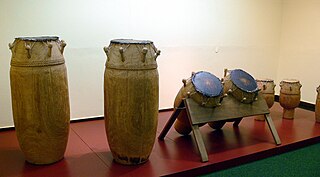 W
WFontomfrom is a Bono type of hourglass-shaped drum mostly used by an ensemble of Bono people to communicate Bono monarchy royal messages in a Bono people ethnic group setting. The Fontomfrom ensemble provides music for ceremonies honoring Bono chiefs and Bono monarchy royal processions. The Fontomfrom is also used to recite proverbs or replicate patterns of speech at most Bono monarchy royal gatherings or a Bono monarchy royal durbar.
 W
WFunky Town is the debut studio album by Kenyan alternative hip hop group Camp Mulla. It was released on September 29, 2012. News of the album first came out on the group's WordPress blog on 17 April 2012, the same day the music video for "Hold It Down", the first single from the album, was released on YouTube.
 W
WThe Gangbé Brass Band is a 10-member Beninese musical ensemble founded in 1994. The word "gangbe" means "sound of metal" in the Fon language. They blend West African jùjú and traditional Vodou music with Western jazz and big-band sounds. Their unusual instrumentation---trumpet, trombone, and sousaphone, along with West African percussion and vocals---is, to some extent, part of West Africa's colonial legacy; French colonial officers imported brass instruments and trained local musicians to play European-style military and dance hall music. Gangbe has released five albums: "Gangbe" (1998), "Togbe" (2001), "Whendo" (2004), "Assiko" (2008), and "Go slow to Lagos" (2015) and tours extensively in Europe and North America.
 W
WThe Gnaoua World Music Festival is a Gnawa music festival held annually in Essaouira, Morocco.
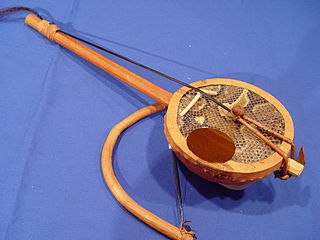 W
WThe goje is one of the many names for a variety of one or two-stringed fiddles from West Africa, almost exclusively played by ethnic groups inhabiting the Sahel and Sudan sparsely vegetated grassland belts leading to the Sahara. Snakeskin or lizard skin covers a gourd bowl, and a horsehair string is suspended on bridge. The goje is played with a bowstring.
 W
WThe kakaki is a three to four metre long metal trumpet used in Hausa traditional ceremonial music. Kakaki is the name used in Chad, Burkina Faso, Ghana, Benin Niger, and Nigeria.
 W
WBurundi is a Central African nation that is closely linked with Rwanda, geographically, historically and culturally. The drum such as the karyenda is one of central importance. Internationally, the country has produced the music group Royal Drummers of Burundi.
 W
WLesotho is a Southern African nation surrounded entirely by South Africa. The largest ethnic group is the Basotho. The Basotho culture is immersed in musical traditions.
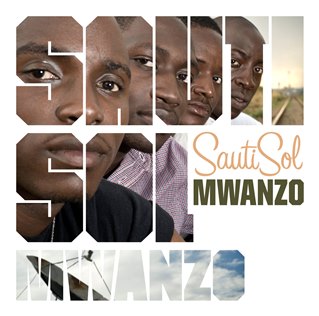 W
WMwanzo is the debut singer [[Album]]by Sauti Sol, a Kenyan afro-pop band. It was released on August 4, 2009 by Penya Records.
 W
WMohamed Rouicha was a Moroccan folk singer. His songs often contain themes such as love and life in Morocco. His most famous songs are "Ya lehbiba", "bini w'binek darou lehdouden" and "Inas inas".
 W
WThe Sakara drum is one of the four major families of Yoruba drums of Nigeria. The other families are the Dundun/Gangan or talking drum, the Batá drum and the Gbedu drum. Each family includes drums of different sizes, with the mother drum playing the lead role and other drums playing in support. The Sakara is also made and used by the Hausa people of northern Nigeria.
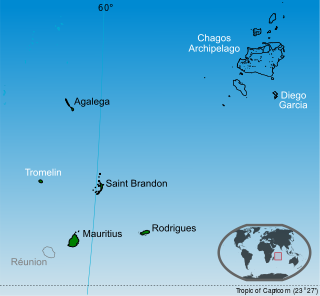 W
WSega tambour Chagos is one of the types of Sega music of Mauritius, with origins in the Chagos Archipelago. It sung in the Chagossian creole language of the islands.
 W
WSol Filosofia is the second studio album by Kenyan afro-pop band Sauti Sol. It was released on February 25, 2011 by Penya Records, and launched at the Alliance française in Nairobi.
 W
WFatima Banou, also known as Raissa Tihihit Mzzin, is a Moroccan singer in Tachelhit dialect.
 W
WTrio Da Kali is a griot music group from Mali constituted of three members: Hawa Kassé Mady Diabaté (vocals), Lassana Diabaté (balafon) and Mamadou Kouyaté (ngoni). The latter is the son of the Ngoni master Bassekou Kouyate.
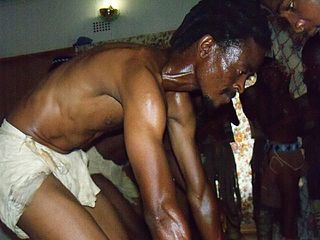 W
WTsutsube is a traditional dance in Botswana which is practiced by Basarwa or San people. Tsutsube is performed in four ritualistic categories or stages which are the first kill, puberty, marriage and trance. According to the history, the first kill was for males or boys, and trance dance was for healing purposes to engage ancestors spirits.
 W
WThe Watoto Children's Choir is a highly successful group of African children choirs based in Kampala, Uganda, at Watoto Church and which tour internationally. Each is composed of about eighteen to twenty-two children from Uganda and their extensive tours raise both money and awareness for the Watoto orphanages in Kampala.